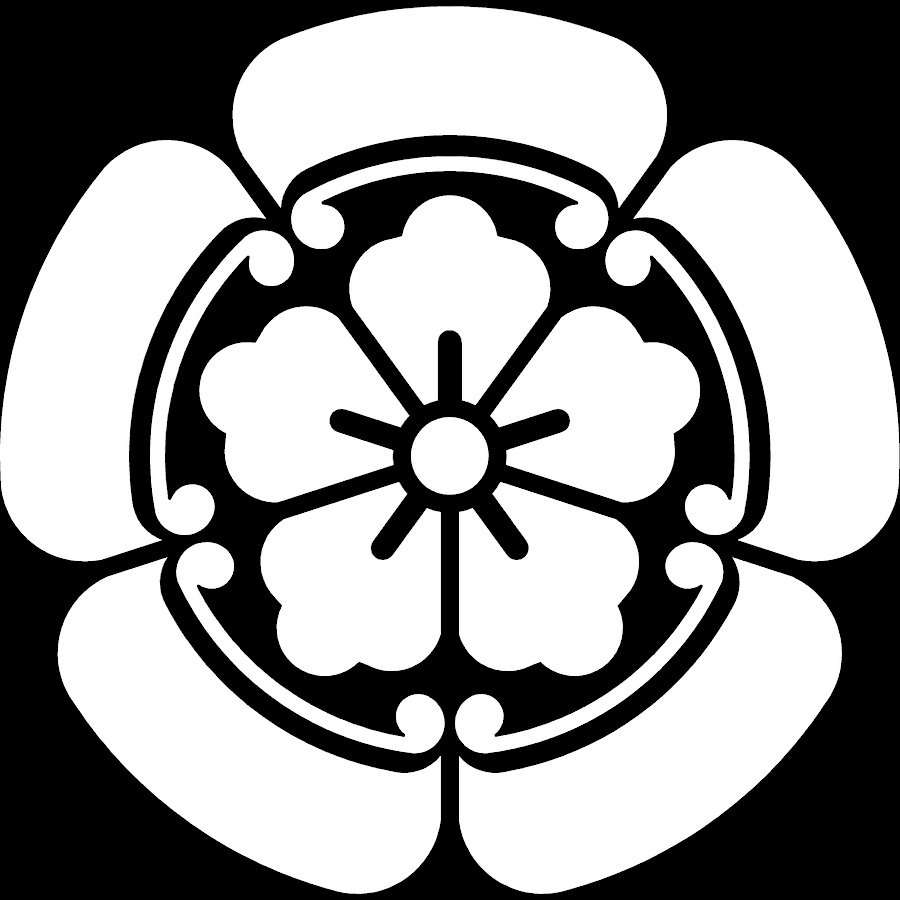Early Life

Oda Nobunaga was born on 23 June, 1534 in Nagoya, Owari Province, and was the second son of Oda Nobuhide, the head of the powerful Oda Clan and a deputy shugo (military governor), and his wife Dota Gozen. Nobunaga is said to have been born in Nagoya Castle. Through his childhood and early teenage years he became well-known for his bizarre behavior, receiving the name of Owari no Ōutsuke meaning "The Fool of Owari". Nobunaga was a clear speaker with a strong presence about him, and was known to run around with other youths from the area, without any regard to his own rank in society. With the introduction of firearms into Japan he became known for his fondness for tanegashima guns. In 1549, Nobuhide made peace with Saitō Dōsan by arranging a political marriage between his son and heir, Oda Nobunaga, and Saitō Dōsan's daughter, Nōhime. Dōsan therefore became the father-in-law of Oda Nobunaga. In 1551, Oda Nobuhide died unexpectedly. It has been said that Nobunaga acted outrageously during his funeral, throwing ceremonial incense at the altar. Although Nobunaga was Nobuhide's legitimate heir, a succession crisis occurred when some of the Oda clan were divided against him.
Unification of Owari
Nobunaga, collecting about a thousand men, suppressed members of his family who were hostile to his rule and their allies. Sometime later in 1551, an Imagawa army under the command of Imagawa Sessai laid siege to the Anjō castle where Oda Nobuhiro was living. Nobuhiro was trapped by the Imagawa clan, but was saved when Nobunaga handed over one of his hostages at Honshōji temple, nine-year-old Matsudaira Takechiyo – later known as Tokugawa Ieyasu – to make up for not lifting the siege of Anjō. Later on, Nobuhiro plotted against Nobunaga with the assistance of Saitō Yoshitatsu, but Nobunaga forgave Nobuhiro after the plot failed. Nobuhide's younger brother, Oda Nobutomo, took over Kiyosu Castle with the support of Shiba Yoshimune. After Yoshimune revealed to Nobunaga an assassination plot in 1554, Nobutomo had Yoshimune put to death. The next year, Nobunaga re-took Kiyosu Castle and captured his uncle, forcing him to commit suicide. Nobunaga's main rival as head of the Oda clan was his younger brother, Oda Nobuyuki. In 1555, Nobunaga defeated Nobuyuki at the Battle of Ino, though Nobuyuki survived and began plotting a second rebellion. In 1556, Nobunaga destroyed a rival branch of the Oda clan located in Kiyosu Castle. At the same time, Nobunaga sent an army to Mino Province to aid his father-in-law, Saitō Dōsan, after Dōsan's son, Saitō Yoshitatsu, turned against him. The campaign failed, as Dōsan was killed in the Battle of Nagara-gawa, and Yoshitatsu became the new master of Mino. In 1557, Nobuyuki was defeated by Nobunaga's retainer Ikeda Nobuteru. Nobunaga killed Nobuyuki at Kiyosu Castle and destroyed Suemori Castle. In 1558, Nobunaga sent an army to protect Suzuki Shigeteru in the Siege of Terabe. Shigeteru had defected to Nobunaga's side from Imagawa Yoshimoto, a daimyo from Suruga Province, one of the most powerful men in the Tōkaidō region. By 1559, Nobunaga had captured and obliterated the fortress of Iwakura, eliminated all opposition within the Oda clan and established his uncontested rule in Owari Province.